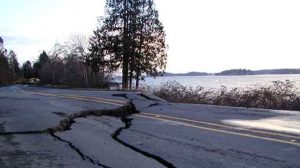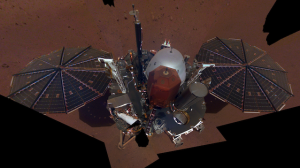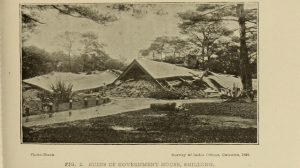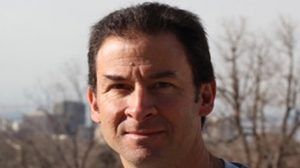Seismological Society of America > News

15 December 2021–Just days after a 2020 magnitude 5.1 earthquake in Tangshan, China, researchers turned nearly 8 kilometers of unused telecom fiber optic cable into a seismic array that detected dozens of aftershocks that were missed by permanent seismic stations. The rapid deployment of the distributed acoustic sensing (DAS) technology … Continue Reading »

15 December 2021–The plan was to become a lawyer, says James Kaklamanos, recalling his early years as an undergraduate. But an interest in math and science, and encouraging science mentors at Tufts University, soon had him wondering if law school was really in his future. The Sumatra earthquake and tsunami … Continue Reading »

3 December 2021–Three-dimensional fault models are generally more accurate than two-dimensional line models at sending ground shaking alerts to the correct areas as part of an earthquake early warning system, according to a new study. The benefits of 3D fault models vary depending on the fault style (a strike slip … Continue Reading »

30 November 2021–About 1000 days after the Mars InSight mission deployed SEIS, the first seismometer on the red planet, researchers are analyzing new seismic data and reporting on instrument responses, using these data to plan for future planetary seismographs. The reports in a special issue of the Bulletin of the … Continue Reading »

19 November 2021–With data unearthed from seismic stations, observatories and libraries across the world, researchers have pinpointed the location of a massive earthquake that took place in India 125 years ago—one of the largest intraplate earthquakes known to history. The magnitude 8 Great 1897 Shillong Plateau earthquake, sometimes called the … Continue Reading »

15 November 2021–The Earthquake Engineering Research Institute (EERI) and the Seismological Society of America (SSA) are pleased to announce that David J. Wald, a seismologist with the U.S. Geological Survey’s National Earthquake Information Center (NEIC) in Golden, Colorado, is the 2022 recipient of the William B. Joyner Lecture Award. Wald … Continue Reading »






